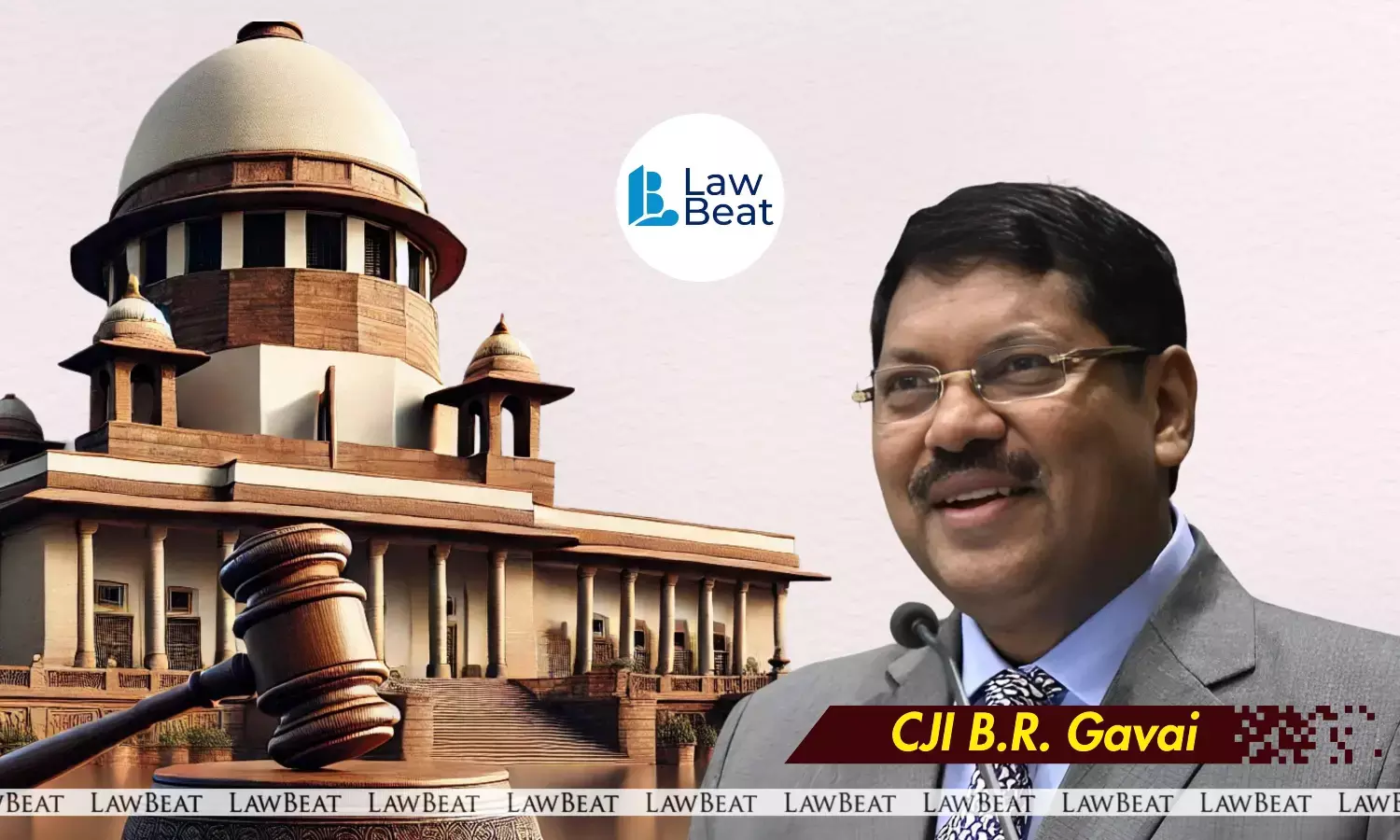We Have Developed a Habit of Not Relying on Lawyers, Lines Are Read Out of Context: CJI BR Gavai

SC hearing review pleas against Vanashakti judgment; CJI BR Gavai emphasizes misinterpretation of lawyers’ submissions in environmental clearance cases
The Supreme Court on Thursday heard review applications challenging its landmark Vanashakti judgment, which barred the Central government from granting retrospective environmental clearances (ECs).
The Bench of Chief Justice B.R. Gavai and Justices K. Vinod Chandran and Ujjal Bhuyan, examined petitions filed by several stakeholders, including industrial entities and public interest litigants, seeking reconsideration of the Court’s directions.
During the hearing, CJI Gavai highlighted a recurring problem in the Supreme Court, stating, “We have developed a habit of not relying on lawyers in the Supreme Court. Lines are read out of context, paragraphs are read out of context.”
This remark came in the context of submissions by Senior Advocates Kapil Sibal, Mukul Rohatgi, and others, who argued over the applicability and interpretation of prior notifications and Office Memorandums (OMs) issued by the Central government.
Senior Advocate Kapil Sibal, appearing for certain petitioners, argued that the OMs were issued in pursuance of National Green Tribunal (NGT) directions and relied on powers under Sections 3 and 5 of the Environment Protection Act, 1986. He contended that projects deemed permissible under prior clearances, such as certain airports, were affected unfairly by the Vanashakti judgment and that enforcement needed to follow proportionality principles.
CJI Gavai responded sharply to the submissions, questioning why violators continued construction despite legal violations, observing that the directions in the original judgment were meant to prevent impunity.
Sibal contended that the submissions sought to ensure proportionality, emphasizing that environmentally sustainable projects could continue while non-compliant ones could face penalties or closure.
Solicitor General Tushar Mehta, representing government companies including SAIL and OMDC, highlighted specific cases like the construction of a 960-bed AIIMS hospital and medical college. Mehta contended that the retrospective ECs were sought based on the 2006 and 2017 notifications, which provided deemed clearance in certain situations, and that the original judgment did not account for this. He argued that proportionality had to be considered and that demolition of completed projects would impose significant environmental and public costs. Photographs of the AIIMS Kalyan Nagar site were shown to the bench to illustrate ongoing compliance efforts.
Senior Advocate Mukul Rohatgi reinforced the point, stating that penalties and bank guarantees had been paid and clearances were sought in good faith. ASG Aishwarya Bhati stressed the environmental cost of demolitions, arguing for a balanced approach.
Senior Advocate Gopal Sankarnarayanan, appearing for another party, observed that the record of the case demonstrated that notifications and OMs had been in the public domain and stayed at relevant times. He suggested that the claims of ignorance by petitioners were misplaced, noting that all parties were aware of the legal position during the pendency of the NGT and High Court proceedings.
The Chief Justice repeatedly emphasized the challenge of misinterpretation, pointing out that selective reading of arguments had created confusion and highlighted the Court’s need to rely on verified facts rather than fragmented lawyer submissions.
The Bench, while hearing extensive arguments on whether the review petitions raised sufficient grounds under Article 137 of the Constitution, clarified that it was not examining the merits of the original OMs or notifications. Instead, the focus remained on whether the Vanashakti judgment itself merited reconsideration.
Case Title: Vanashakti v. Union of India
Hearing Date: October 9, 2025
Bench: CJI BR Gavai, Justices K. Vinod Chandran and Ujjal Bhuyan
